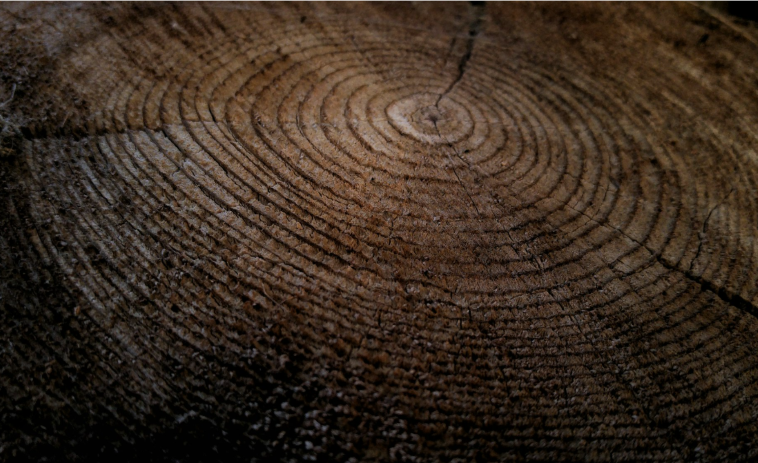The first ever wooden satellite!

Yes, folks, this is no joke. As Reuters writes on November 5, Japanese researchers have made a space satellite out of wood and recently sent it into space! How crazy is that?
As of now, the research is the first phase of a test that aims to demonstrate the usefulness of wood in future explorations of the Moon and Mars. Who would have thought such an idea was even in the making?
The wooden satellite will be transferred to the International Space Station by a Space X rocket, and then it will be launched into orbit around the Earth at a height of about 400 kilometers from the planet’s surface.
The satellite is called LignoSat (ligno means “wood” in Latin), and it is the size of a palm. Presumably, in the future, scientists will work on manufacturing bigger versions as well.
One day, houses will be built on the moon, and later maybe on Mars, to accommodate astronauts, so experts are considering the possibility of them being made of wood, because wood has some advantages over other materials.

So what are these advantages?
- Firstly, it will not rot or catch fire because there is no water or oxygen in space! Ingenious.
- Besides, at the end of its life, a satellite made of wood will burn more easily in the Earth’s atmosphere.
It is entirely possible that one day metal satellites will be banned. It is hard to predict what else we’ll come up with.
And to clarify, the wood used to build this satellite is not random of course. Research so far has shown that honoki wood (a type of magnolia from Japan), which is traditionally used to make sword scabbards, is the most suitable for its use in space – which was determined earlier during ten months of experimentation on the International Space Station (ISS).

Let’s add that the LignoSat satellite is built in accordance with the Japanese tradition – without the use of screws or glue.
LignoSat will spend six months in orbit, during which time its resistance to large temperature differences ranging from -100 to +100 degrees Celsius will be studied, which change every 45 minutes. It should be noted that a satellite at the height of the ISS takes about 90 minutes to orbit our planet.
The ability of wood to reduce space radiation on the electronics in the satellite will also be tested.
We certainly expect to read more about wood as a new material in space technology. So far, it is an exciting notion that could push our understandings in brand new directions.

